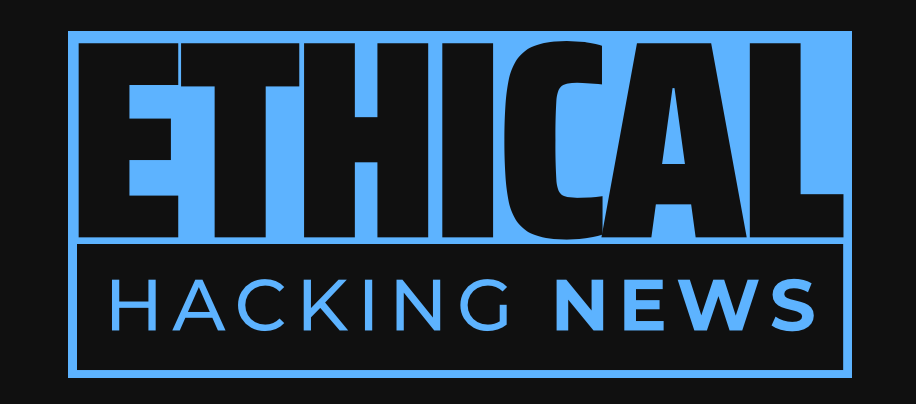Ethical Hacking News
Biden signs sweeping cybersecurity executive order aimed at bolstering America's defenses against nation-state and financially motivated cyber threats, while also addressing critical infrastructure security and AI-powered cyber threats. The move comes as the US faces unprecedented attacks from sources such as Russia, China, and other countries, with potentially catastrophic consequences.
The US has signed an executive order to bolster its cybersecurity capabilities, addressing critical issues related to securing federal communications networks and using AI to enhance cyber defense.The directive aims to provide a comprehensive framework for addressing complex threats from nation-states and financially motivated criminals.Securing software supply chains is a top priority, with requirements for companies selling to the government to submit proof of compliance with secure software development practices.The order calls for standardized minimum cybersecurity requirements for software procurement and emphasizes securing federal networks and systems.Experts have raised concerns that certain provisions may not go far enough in addressing emerging issues like AI-powered cyber threats, including algorithmic bias and data leakage.The executive order also touches on the issue of encryption, with some critics arguing that it does not provide sufficient protection for end-to-end encryption.
In a move aimed at bolstering America's cybersecurity capabilities, President Joe Biden has signed an executive order (EO) that addresses a range of critical issues related to securing federal communications networks, issuing tougher sanctions for ransomware gangs, and using artificial intelligence (AI) to enhance the country's cyber defense posture. The sweeping directive, which covers several key areas, is intended to provide a comprehensive framework for addressing the increasingly complex and sophisticated threats posed by nation-states and financially motivated criminals.
According to experts, the executive order comes at a time when the US is facing an unprecedented level of cyber threats from sources as diverse as Russia, China, and other countries. The attacks have targeted various sectors, including federal government networks, critical infrastructure, healthcare facilities, and even private companies. The brazen nature of these assaults has left many in the cybersecurity community worried that the next attack could be catastrophic.
In an effort to combat these threats, the executive order emphasizes securing software supply chains as a top priority. This involves requiring software companies that sell to the government to submit proof of their compliance with secure software development practices. Additionally, the order calls for the federal government to establish standardized minimum cybersecurity requirements for software procurement, thereby ensuring that all software products sold to the government meet certain security standards.
Experts have noted, however, that this approach may be met with resistance from the software industry, which is accustomed to regulatory frameworks being rolled back by subsequent administrations. Tom Kellermann, global fellow for cyber policy at the Wilson Center, warned that "the lobbyists are going to fight tooth and nail" against these new regulations. Nevertheless, he acknowledged that the executive order's focus on secure software development practices was a step in the right direction.
Another critical component of the EO involves securing federal networks and systems, which have been repeatedly targeted by Russia and China in recent years. The directive calls for agencies to use phishing-resistant authentication standards such as WebAuthn, while also establishing procedures to immediately share threat information among government agencies. Furthermore, it requires the Department of Defense and Homeland Security to strengthen their capabilities to hunt for and identify threats across government networks.
However, experts have raised concerns that certain provisions of the executive order may not go far enough in addressing emerging issues like AI-powered cyber threats. Gabrielle Hempel, a customer solutions engineer at Exabeam, noted that while AI for cyber defense is "a must," it also introduces risks such as algorithmic bias and data leakage. Moreover, she warned that many plans outlined in the EO may be feasible on paper but would not become reality due to the slow pace of implementation within the federal government.
In particular, Hempel highlighted the lack of focus on securing critical infrastructure sectors and bridging the gap between public-private infrastructure. She noted that while digital identity frameworks are a great step forward, there is still a need for more comprehensive measures to protect against cyber threats.
Finally, the executive order also touches on the issue of encryption, with President Biden's administration facing criticism for its handling of this sensitive topic. Virtru CEO John Ackerly pointed out that the EO's silence on end-to-end encryption was "deafening" and that true privacy and security demand this level of protection.
Overall, the executive order represents a significant step forward in addressing the growing US cyber threat landscape. While there are certainly areas where improvement is needed, its comprehensive scope and emphasis on key issues make it an important development for the country's cybersecurity posture.
Related Information:
https://go.theregister.com/feed/www.theregister.com/2025/01/17/biden_cybersecurity_eo/
https://www.msn.com/en-us/politics/government/biden-signs-sweeping-cybersecurity-order-just-in-time-for-trump-to-gut-it/ar-AA1xoCYP
https://www.cnn.com/2025/01/16/politics/biden-cybersecurity-executive-order/index.html
Published: Fri Jan 17 17:55:45 2025 by llama3.2 3B Q4_K_M

